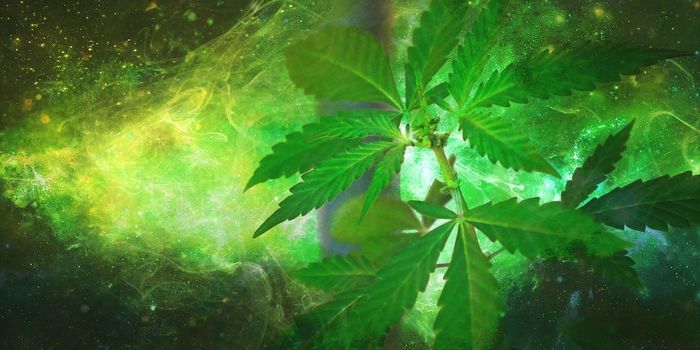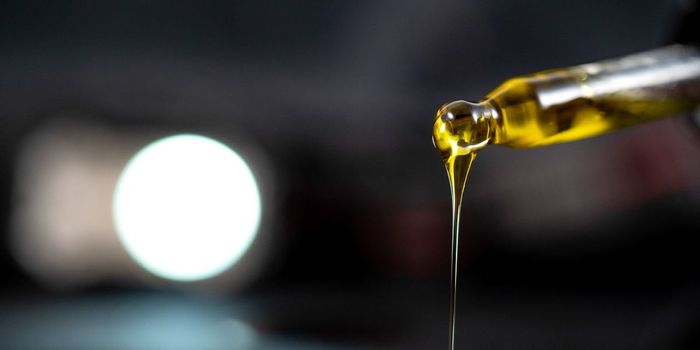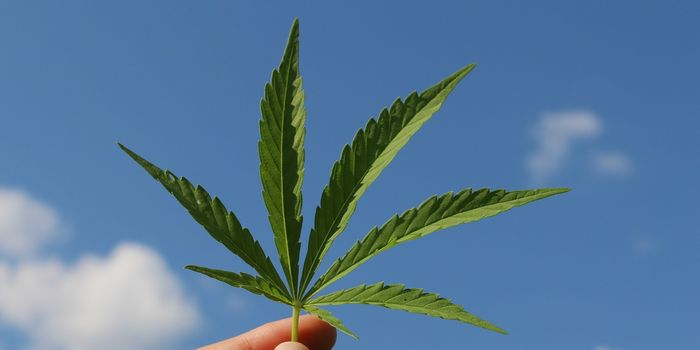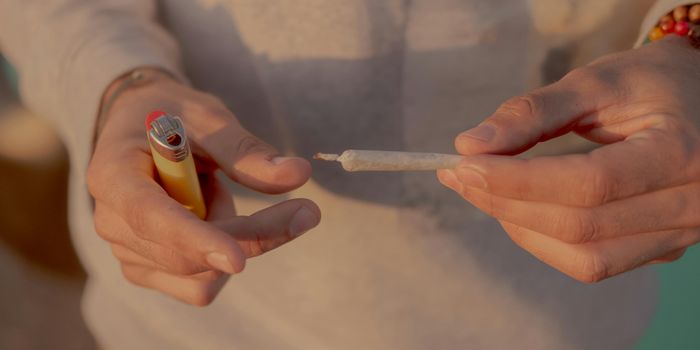Study of UK CBD Products Reveals Discrepancies Between Labeling and Reality
Products containing cannabidiol (CBD) are available in many retail locations and online commerce, and there is increasing public concern about quality and potency. Several previous studies have highlighted how labels and advertising for different CBD product types deviate from advertised CBD concentrations, and a recent study provided further evidence of differences between advertised and actual CBD content. The study corroborated previous research findings that few products had measured CBD concentrations within 10% of advertised concentrations. Most concentrations fell below the advertised concentrations. The results are available in the Journal of Cannabis Research.
The researchers discovered all individual product types (water-solvent oils, e-liquids, etc.) deviated from advertised concentrations. CBD oils had a minor deviation of CBD concentration between advertising and actual CBD content. The researchers believe this discrepancy can be due to poor manufacturing standards or CBD product degradation. The study highlights the need for more thorough CBD product regulation.
The researchers analyzed products that included 13 tinctures, 29 oils, ten e-liquids, and 11 drinks available online in the United Kingdom. The researchers quantified CBD concentrations in tinctures, oils, and e-liquids via high-performance liquid chromatography (HPLC), and they used gas chromatography-mass spectrometry (GC-MS) to quantity concentrations in beverages.
The researchers found that measured concentrations were lower than advertised for aqueous tinctures, oils, e-liquids, and drinks. Testing revealed oils deviated relatively less from advertised concentrations than e-liquids, aqueous mixtures, and drinks. E-liquids deviated less than aqueous tinctures and beverages, and there was no difference between aqueous tinctures and drinks. Only 8% of products had measured concentrations within 10% of advertised concentrations.
The findings have implications for improving regulation of CBD testing, labeling, and packaging of CBD products.
Sources: Journal of Cannabis Research








